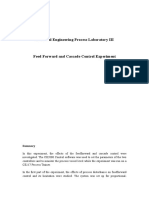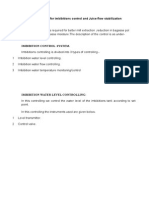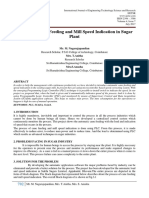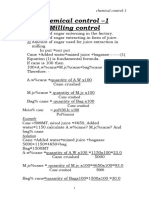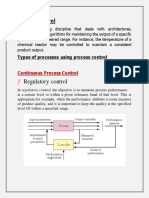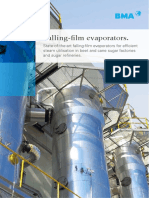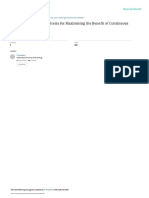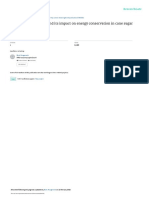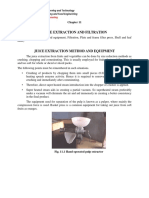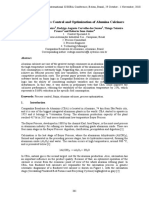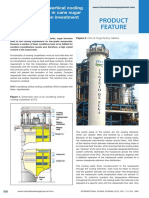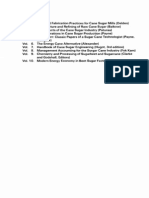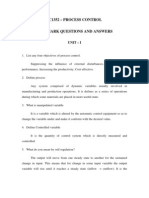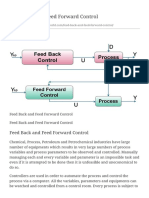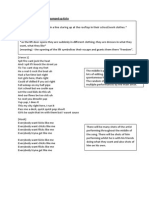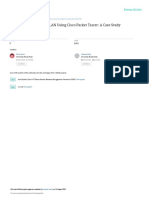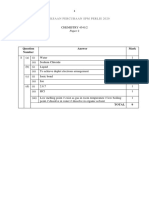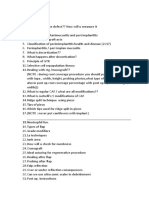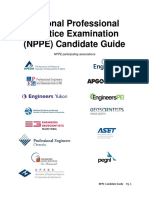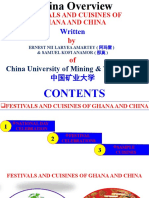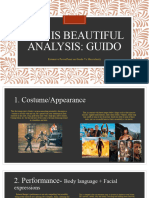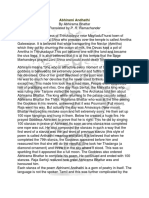0% found this document useful (0 votes)
169 views4 pagesFeedforward vs. Feedback Control
This document compares feedforward and feedback control systems. It discusses how feedforward control measures important disturbances and takes corrective action before the disturbances affect the process. Feedback control acts after deviations occur by measuring the controlled variable and taking corrective action. The document provides examples of applications of each type of control and discusses their advantages and disadvantages.
Uploaded by
JIGNASHACopyright
© © All Rights Reserved
We take content rights seriously. If you suspect this is your content, claim it here.
Available Formats
Download as DOCX, PDF, TXT or read online on Scribd
0% found this document useful (0 votes)
169 views4 pagesFeedforward vs. Feedback Control
This document compares feedforward and feedback control systems. It discusses how feedforward control measures important disturbances and takes corrective action before the disturbances affect the process. Feedback control acts after deviations occur by measuring the controlled variable and taking corrective action. The document provides examples of applications of each type of control and discusses their advantages and disadvantages.
Uploaded by
JIGNASHACopyright
© © All Rights Reserved
We take content rights seriously. If you suspect this is your content, claim it here.
Available Formats
Download as DOCX, PDF, TXT or read online on Scribd
/ 4

